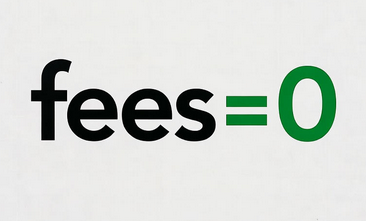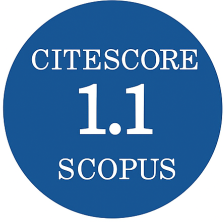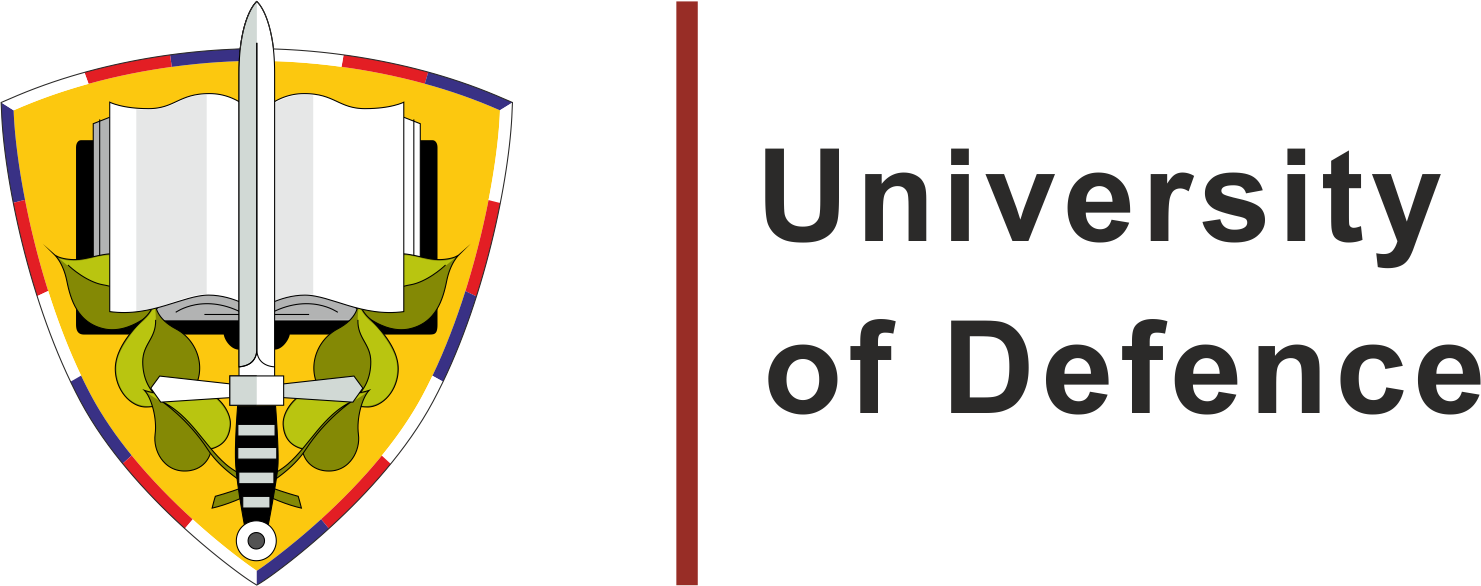Assessment of the Defeating Effectiveness of Ballistic Missiles by Air Defense Systems
DOI:
https://doi.org/10.3849/aimt.01963Keywords:
anti-aircraft missile system, tactical missile defense system, probability distribution density of time characteristic, probability of hitting, ballistic missileAbstract
Combating tactical and short-range ballistic missiles in modern military conflicts is the most critical task of the air defense forces. The paper describes a method for assessing the effectiveness of hitting tactical and short-range ballistic missiles by an anti-aircraft missile system, which considers the time characteristics of the stages of the combat operation process of an anti-aircraft missile system. The anti-aircraft missile system functions as a part of the tactical missile defense system. The method is advisable to use when deciding to protect facilities from ballistic missile strikes.
References
KARAKO, T. Missile Defense and Defeat. Considerations for the New Policy Review [online]. Lanham: Rowman & Littlefield, 2017 [viewed 2025-01-26]. Available from: https://csis-website-prod.s3.amazonaws.com/s3fs-public/publication/170228_Karako_MissileDefenseDefeat_Web.pdf
MAITRE, E. The Hague Code of Conduct and the Use of Ballistic Missiles in Conflict [online]. Paris: Foundation for Strategic Research, 2024. [viewed 2025-01-26]. Available from: https://www.nonproliferation.eu/hcoc/wp-content/uploads/2024/12/2-HCoc-and-uses-of-ballistic-missiles.pdf
Al BU-AINNAIN, K.A. Proliferation Assessment of Ballistic Missiles in the Middle East [online]. 2009 [viewed 2025-01-26]. Available from: https://www.inegma.com/Admin/Content/File-29122013111330.pdf
FM 3-27. Army Global Missile Defense Operations [online]. Washington: Headquarters Department of the Army, 2023 [viewed 2025-01-25]. Available from: https://irp.fas.org/doddir/army/fm3-27.pdf
GILMOR, J.M. 2015 Assessment of the Ballistic Missile Defense System [online]. 2016 [viewed 2025-01-25]. Available from: https://apps.dtic.mil/sti/pdfs/AD1011964.pdf
LEWIS, G.N. Ballistic Missile Defense Effectiveness. AIP Conference Proceedings, 2017, 1898(1), 030007. https://doi.org/10.1063/1.5009222
WILKENINGA, D.A. A Simple Model for Calculating Ballistic Missile Defense Effectiveness [online]. 1998 [viewed 2025-01-25]. Available from: https://www.files.ethz.ch/isn/22265/17_Simple_Model_Calculating_Effectiveness.pdf
RAD, M.A. and M.S. KHORSHIDI. Mathematical Modeling of Ballistic Missile Defense. International Journal of Multicultural and Multireligious Understanding, 2020, 7(9), pp. 145-159. https://doi.org/10.18415/ijmmu.v7i9.2024
FA, L. and S. WENHU. Effectiveness Evaluation of Air and Missile Defense System Based on Parametric Diagrams. In: 2015 Proceedings of the 5th International Conference on Computer Sciences and Automation Engineering [online]. Atlantis Press, 2016, pp. 847-851 [viewed 2025-05-02]. https://doi.org/10.2991/iccsae-15.2016.157. Available from: https://www.atlantis-press.com/proceedings/iccsae-15/25848269
ZAHORKA, О., S. POLISHCHUK and І. ZAHORKA. Evaluating the Effectiveness of Assets Protection by Air Defense Means from Cruise Missiles Strikes. Advances in Military Technology, 2023, 18(1), pp. 121-134. https://doi.org/10.3849/aimt.01797
BOESE, W. Army Report Details Patriot Record in Iraq War [online]. 2023 [viewed 2025-01-25]. Available from: https://www.armscontrol.org/act/2003-11/press-releases/army-report-details-patriot-record-iraq-war
Local Space Rectangular Coordinate System [online]. [viewed 2025-05-02]. Available from: https://support.esri.com/en-us/gis-dictionary/local-space-rectangular-coordinate-system
SIOURIS, G.M. Missile Guidance and Control Systems. New York: Springer, 2004. ISBN 0-387-00726-1.
DAVENPORT, K. Worldwide Ballistic Missile Inventories. FACT SHEETS & BRIEFS [online]. 2023 [viewed 2025-01-25]. Available from: https://www.armscontrol.org/factsheets/worldwide-ballistic-missile-inventories#
Downloads
Published
License
Copyright (c) 2025 Advances in Military Technology

This work is licensed under a Creative Commons Attribution-NonCommercial 4.0 International License.
Authors who publish with this journal agree to the following terms:
1. Authors retain copyright and grant the journal right of first publication with the work simultaneously licensed under a Creative Commons Attribution License that allows others to share the work with an acknowledgement of the work's authorship and initial publication in this journal.
2. Authors are able to enter into separate, additional contractual arrangements for the non-exclusive distribution of the journal's published version of the work (e.g., post it to an institutional repository or publish it in a book), with an acknowledgement of its initial publication in this journal.
3. Authors are permitted and encouraged to post their work online (e.g., in institutional repositories or on their website) prior to and during the submission process, as it can lead to productive exchanges, as well as earlier and greater citation of published work.
Users can use, reuse and build upon the material published in the journal for any purpose, even commercially.






